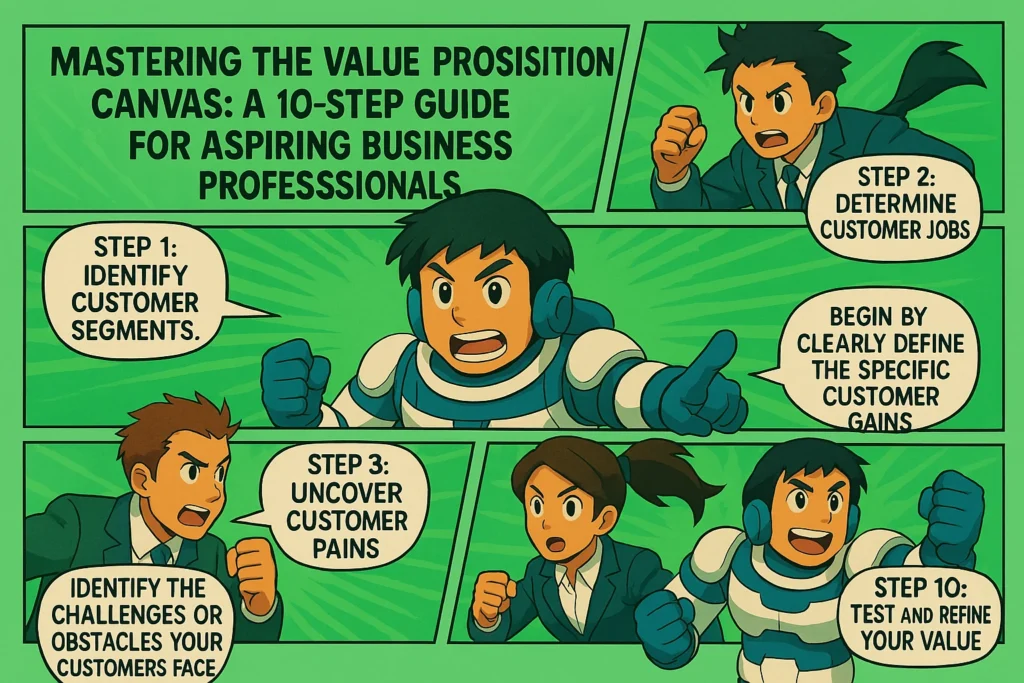Why Customer Research Is the Only Foundation for Market Entry Success
Forget the spreadsheets, the competitor spy reports, and the endless product tweaks. You’re launching into a new market, but if you don’t know who you’re serving, you’re building on sand. The brutal truth? Without a profound understanding of your customer, every other move is a gamble. Your meticulously crafted strategy will crumble. Your product, no matter how brilliant, will gather dust.
This isn’t theory; it’s a strategic imperative. Ignoring deep customer insights leads to catastrophic missteps:
- Product-Market Misfire: Features nobody wants, solving problems nobody has.
- Invisible Marketing: Messages that fall flat, swallowed by the noise.
- Friction-Filled Experience: Customers abandon ship before they even start.
- Pricing Blunders: Overpriced for value, or leaving massive revenue on the table.
- Launch Failures: A whimper, not a bang, and a quick retreat.
As Peter Drucker famously stated, “The aim of marketing is to know and understand the customer so well the product or service fits them and sells itself.” This isn’t just marketing; it’s the core of sustainable business growth. It’s how you win.
Unlocking Insights: The Two Pillars of Customer Research
To truly understand your customer, you need data—raw, unbiased data. There are two primary avenues to acquire it:
1. Primary Research: Go Direct to the Source
This is where you actively engage and listen. It’s about getting into the trenches with your potential customers. Methods include:
- Deep-Dive Interviews: Uncover pain points, motivations, and unmet needs directly.
- Targeted Surveys: Quantify opinions and preferences at scale.
- Focused Group Discussions: Observe group dynamics and spontaneous reactions.
- User Testing: See how real users interact with your concept or MVP.
- Ethnographic Studies: Immerse yourself in their environment to observe behavior in context.
2. Secondary Research: Leverage Existing Knowledge
Don’t reinvent the wheel. A wealth of data already exists. Tap into it to validate hypotheses and uncover macro trends:
- Industry Reports: Understand market size, growth, and competitive landscapes.
- Trade Publications: Stay current on sector-specific trends and innovations.
- Government Data & Statistics: Demographics, economic indicators, and regulatory insights.
- Analyst Whitepapers: Expert perspectives and projections on market behavior.
5 Non-Negotiable Steps to Transform Research into Revenue
Collecting data is pointless if you don’t know how to wield it. This isn’t just about information; it’s about strategic action. Here’s how to convert insights into an unstoppable market entry:
Step 1: Master Your Audience — Define Your Ideal Customer Profile (ICP)
Stop targeting “everyone.” That’s targeting no one. Segment your potential market with surgical precision. Go beyond basic demographics. Define their:
- Geography: Where are they located?
- Industry/Role: What do they do? What are their professional challenges?
- Psychographics: What are their values, aspirations, fears, and lifestyle? What truly drives their decisions?
This clarity is your North Star.
Step 2: Extract Critical Insights — Ask the Right Questions
Don’t just gather data; gather actionable intelligence. Focus on the core problems and desires:
- What are their deepest frustrations with existing solutions?
- Where do they naturally go for information or to make purchases?
- What language resonates? What features are non-negotiable? What pricing feels fair, not cheap?
- What truly influences their decisions — testimonials, peer reviews, brand ethos, price?
Every answer is a clue to building a product that sells itself.
Step 3: Prove It — Validate Product-Market Fit
Don’t launch a full-blown product on a hunch. Test, iterate, and validate. Prove that your solution truly solves a problem for your target market. Use lean methodologies:
- Minimum Viable Products (MVPs): Build just enough to test core hypotheses.
- Landing Page Tests: Gauge interest with a simple signup page.
- Mockups & Prototypes: Get feedback on design and functionality early.
- “Smoke Tests”: Market a non-existent product to see if there’s genuine demand.
Fail fast, learn faster. This saves you millions.
Step 4: Bridge the Gap — Uncover Cultural & Behavioral Nuances
A new market isn’t just a new language; it’s a new mindset. Your global strategy must localize. What works in one region can be a catastrophic misstep in another. Understand:
- Local design aesthetics and expectations.
- The appropriate tone of voice for communication.
- Cultural sensitivities around imagery, messaging, and even color.
- Local purchasing habits and trust signals.
This is about respect, relevance, and ultimately, resonance.
Step 5: Execute with Precision — Apply Insights Directly
This is where the rubber meets the road. Every insight you gain must directly inform your strategic decisions. Don’t just collect; apply:
- Product Features: Prioritize features that address stated customer needs.
- Pricing Strategy: Tailor pricing to local economic realities and perceived value.
- Messaging & Copy: Speak their language, use their words, address their specific pain points. Incorporate real customer quotes for authenticity.
- Channel Strategy: Go where your ICP lives, not where you think they should be. Focus your marketing firepower on their preferred platforms.
The Questions That Unlock Your Customer’s Mind
When you’re face-to-face with a potential customer, don’t waste their time. Ask questions that cut through the noise and reveal their true motivations. Here are a few to get you started:
- “What frustrates you most about your current solutions in this area?” (Uncovers pain points)
- “What would compel you to switch to a new provider?” (Identifies triggers for adoption)
- “How do you typically decide which brand or product to trust for X?” (Reveals decision-making process & trust signals)
- “What’s one feature you couldn’t live without in a solution like this?” (Pinpoints non-negotiable value)
Essential Tools for Unlocking Customer Data
Don’t guess. Use the right instruments to gather reliable data:
- Typeform / Google Forms: For crafting intuitive, high-completion surveys.
- Hotjar: Visualize user behavior with heatmaps, recordings, and feedback polls.
- UserTesting / Maze: Get rapid, actionable feedback on prototypes and experiences from real users.
- SEMrush / AnswerThePublic: Understand organic search demand, public questions, and content gaps.
- HubSpot Persona Builder: A guided framework for developing detailed customer profiles.
Your Path to Market Dominance: The Unending Loop of Customer Insight
Customer research isn’t a one-time project; it’s the continuous heartbeat of every successful business. It’s an iterative process of listening, learning, and adapting. Your market entry isn’t a finish line; it’s just the beginning. By making customer insights the absolute priority — by listening first, acting second, and consistently aligning every facet of your strategy with real data — you’re not just entering a market. You’re building a foundation for enduring relevance and explosive growth. Stop guessing. Start winning.



